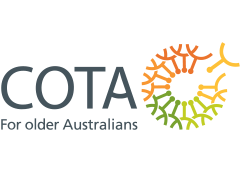Ministrokes send a lethal message
New studies confirm that ministrokes – transient ischemic attacks (TIAs) – are an important warning of more serious things to come, and the worst thing that those having them can do is to do nothing.
Almost 10% of people who have a TIA will have a major stroke within a week, another 20% within three months, and when risk factors like advanced age or high blood pressure are present, those figures increase.
“TIAs are emergencies, whether symptoms go away or not,” warns S. Claiborne Johnston, director of the Stroke Service at the University of California, San Francisco, and co-author of a recent report in Lancet Neurology summarising recent research.
The symptoms of ministrokes are identical to those of full-blown stroke, which kills 200,000 Americans a year. Stroke is the third-leading cause of death after heart disease and cancer, and the number one cause of adult disability.
Unlike a major stroke, which can cause paralysis, impaired memory, speech or vision loss, or death, TIAs are not fatal. Nor do they leave any permanent disability. The body resolves a TIA without any intervention, sometimes in just a few minutes. People either brush off their symptoms or are so relieved when they disappear that they don’t do what doctors say is crucial: get to an emergency room as fast as possible. Immediate diagnosis and treatment are crucial to prevent a devastating subsequent stroke.
New guidelines developed by doctors in the clinical neurology department at Britain’s Oxford University can help determine which TIA patients are most likely to have a major stroke. Called the “ABCD” test, the scoring system takes into account (A) age, (B) blood pressure, (C) clinical symptoms, such as weakness or headache, and (D) duration of the TIA.
The Oxford scientists have urged that the test become standard practice in evaluating TIA patients. They say that people at the highest risk are those over age 60 who have blood pressure above 140 over 90, have weakness on one side or speech disturbance during a TIA, and symptoms that lasted an hour or longer. TIA patients with such symptoms are sometimes hospitalised for more intensive testing and treatment.










